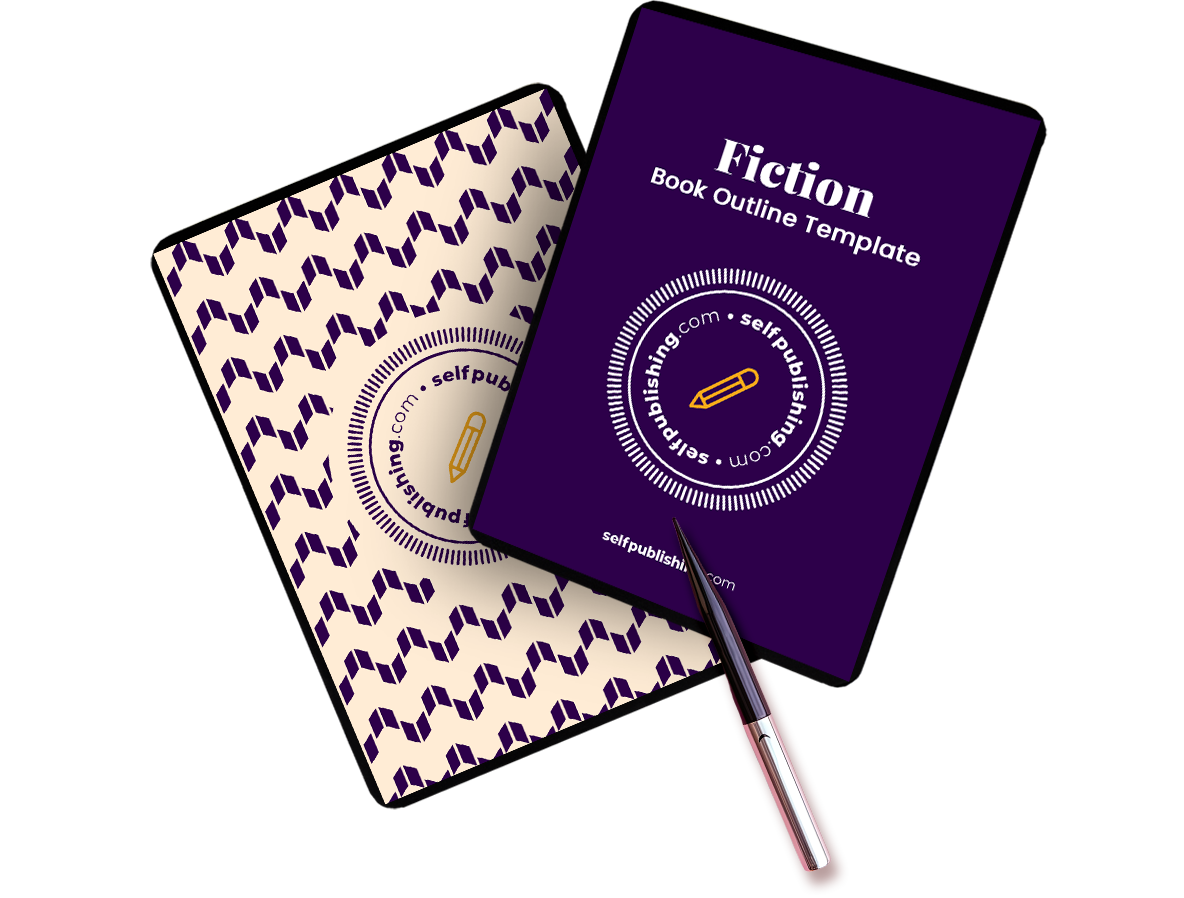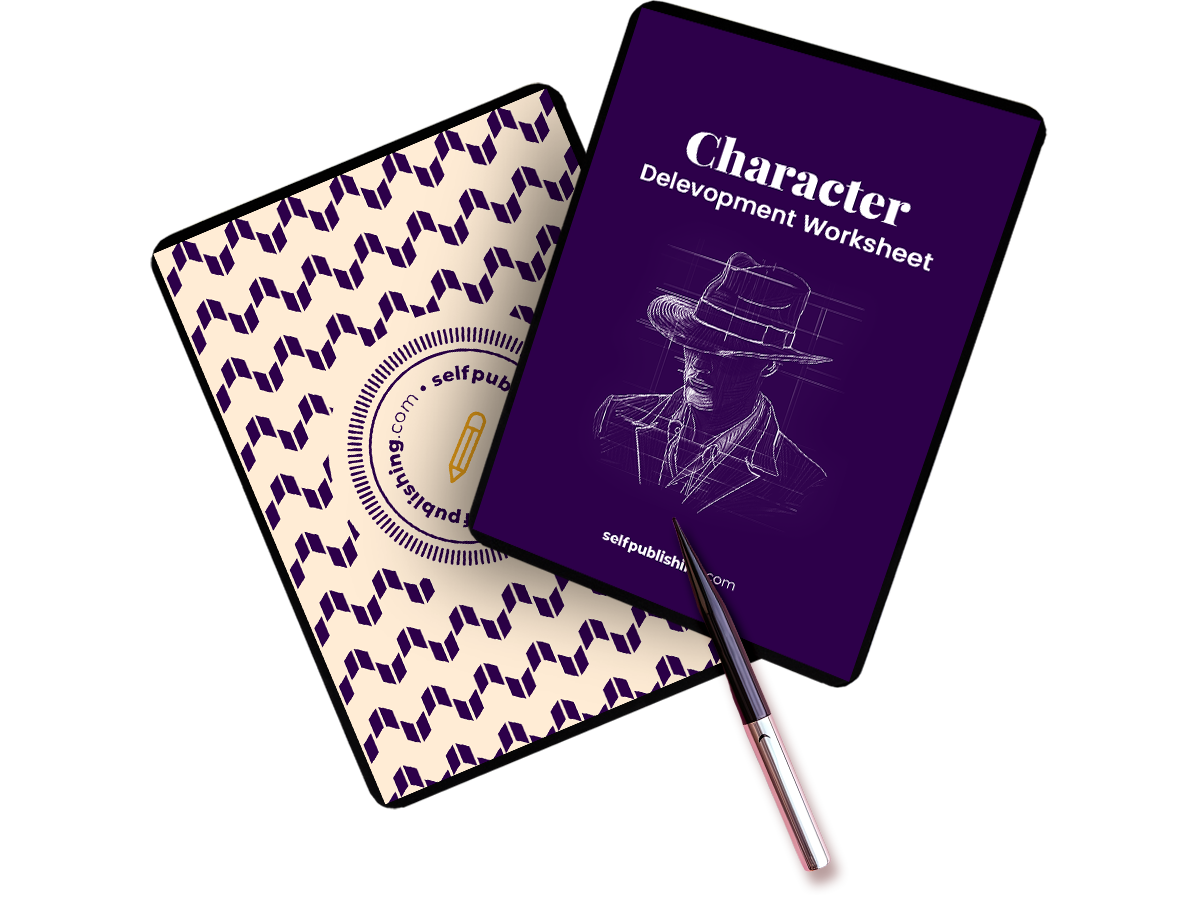Every November, writers from around the world get together and work on cranking out full novels. But if you want to succeed at NaNoWriMo, and maybe even win some prizes, you need to do a little prep first. After all, it isn’t easy to write 50,000 words in just one month! So how does NaNoWriMo prep work? And what should you add to your NaNoWriMo calendar to ensure success?
Today, we will cover everything you need to know about NaNoWriMo prep. But before we talk about the details, let’s make sure you know what NaNoWriMo and Preptober are.
What is NaNoWriMo?
What is NaNoWriMo? NaNoWriMo stands for National Novel Writing Month, which is a month-long writing event hosted in November. Writers all over the world band together to write 50,000 words for their writing projects.
While it’s hard to write a fully polished novel in that amount of time, most of the focus is on simply sitting down and putting words to paper as fast as possible. For people with writer’s block or even a general sense of self-doubt, it can help them smash through the internal barriers that prevent them from getting their story on paper.
A ton of writers also enjoy the camaraderie and the community that comes with joining NaNoWriMo, since everyone is in the same boat of working on hitting their word and page goals every day.
Writing a novel is a serious undertaking, so most writers who participate try to do as much NaNoWriMo prep as they can in the month of October.
What is Preptober?
During October, NaNoWriMo participants may partake in “Preptober.” What you do with the time is up to you, but there are plenty of ways you can adjust your NaNoWriMo calendar to prepare yourself for success.
Let’s talk about some steps you should take during your NaNoWriMo prep.
11 NaNoWriMo prep tips to make the most of Preptober
Here are our top NaNoWriMo prep tips to help you succeed in your writing goals this year.

1. Set a writing schedule
If you want to hit your 50,000 word goal, that comes out to about 1,667 words per day. It can be hard to say how long that will take since everyone has a different writing pace, but the average is about 2 to 3 hours per day.
Keeping all of this in mind, you need to take a hard look at your calendar and figure out how you can fit in the required time to get your writing done.
When is the most convenient time of day for you to set aside focused writing time? In the mornings before work? After dinner when the kids are in bed? During your lunch break?
Maybe your weeks are too hectic altogether, and you’re going to buckle down on the weekends to catch up.
There’s no right answer! Your life and obligations are unique, so figure out what works best for you and add that time in on your NaNoWriMo calendar.
Some people say it’s much easier to start with a higher goal, such as 2,000 words per day. That way, you’re ahead so when you have a bad day you don’t have to catch up with hundreds or thousands of words.
You might be able to get up earlier or stay up later and fit in a whole chunk of uninterrupted writing time. However, if you have kids or other responsibilities on your plate, you might want to break your writing up throughout the day into 30-minute or hourly chunks.
On top of that, you should schedule your writing sessions at your peak writing times. Some people have much more clarity when they first wake up or they love to burn the midnight oil and write while everyone else is sleeping.
Planning your writing blocks during a time you know you’re always tired is just setting yourself up for a losing battle.
2. Let the people around you know about NaNoWriMo
No, this doesn’t mean you need to recruit people to join you (although you can), this simply means that part of your NaNoWriMo prep is letting people know that you’re going to be taking your writing seriously.
This can mean they shouldn’t interrupt you during certain hours, or maybe setting up a babysitter for your kids.
You don’t want to take on this huge writing commitment and then get mad at everyone around you when they interrupt you. Especially if you never let them know about your new writing journey in the first place.
Make sure all of the people in your life know what you’re doing and why you need certain quiet, focused hours.
3. Account for off days
No matter how motivated you are, there will be days when the words refuse to pour out of your fingers and no amount of coffee helps.
On the days you feel good, sometimes it’s worth it to go the extra mile and crank out a few extra words here and there to get ahead and account for the off days. While it would be nice to imagine that we’re all robots and can crank out pages of work every single day without a problem. Instead, you should expect few bad days throughout the month and plan accordingly.
4. Have your writing easily accessible
One key to succeeding at NaNoWriMo is to have your writing easily accessible. Whether you carry a notebook around or have book writing software you use, you’ll want it nearby and easy to write in.
That way, when you have things such as missed appointments, are stuck in a long train commute, or have some spare time while your kids nap, you can crank out a few hundred words.
You’d be surprised at how many small pockets you can find in a day to put in a little writing here and there. It might not seem like much at first, but it can really add up.
Ideally, you want it to also be quickly accessible because you don’t want to spend half that time just trying to open your app or find the notebook you’re using. Ideas will also come to you throughout your days so you will need somewhere to quickly capture them on the go. Set these systems up for yourself as part of your NaNoWriMo prep.
5. Track your progress
Whether you choose to use software with built-in word counters or you choose to make something like a NaNoWriMo bullet journal spread, it’s a good idea to know where you are in your overall progress. Seeing the word counter continuing to grow can help keep your motivation going, even on your bad days.
6. Outline your story
If you want to go the extra mile, having a thorough book outline and your book ideas all in one place can help you write faster when the month begins. Unless you have a free and open schedule all month, you’re going to be writing in focused chunks of time and need all of your ideas ready to go, even if they change as you write during the month.
You don’t want to sit down and forget your storyline or what you wanted to happen next in your novel. Then, you’re wasting 20 or more minutes searching for that note somewhere in one of your notebooks and poof, there goes time that could have been used for writing.
If you prefer visuals, some people put storyboards on a whiteboard or a physical sheet in front of them so they can see where they are in their plot.
Your NaNoWriMo prep can look however you’d like it to. Bullet points, a full outline with every scene detailed, a thought dump document, abstract paintings—your call.
7. Create character sheets
The next step in your NaNoWriMo prep is to create a character sheet. Building character sheets is optional, but it can really help you flesh out the ideas of your story in advance of NaNoWriMo.
Like an outline, your character sheets can be as detailed or simple as you prefer. Character sheets can range from a basic overview of the character arc, to a multi-page rundown of everything about them.
8. Make (or update) your NaNoWriMo profile
As part of your NaNoWriMo prep, you can go to NaNoWriMo.org to create an account, set up your profile, and input your project information.
If you’ve already got an account from last year, go ahead and add your new book. You can customize the title, description, project status, and type, and even upload a cover for your project.
If you’re trying to make writer friends, be sure to specify your book genre, put some personality in the summary, and add an excerpt! This can make it easier for writers of the same type of books to find each other and connect.
9. Prepare your space and tools
If you love to write in the same place so you can build the habit, setting up a dedicated writing space should be part of your NaNoWriMo prep. You want your space locked and loaded to dive in completely on November 1st so you can get right to writing without anything getting in your way.
Put your favorite plant on your desk, a good notebook nearby, and keep it clean so you’re ready to dive in and work.
If you want to plan for the vibes and atmosphere of your project, you might like making mood boards and playlists. This can get you in the headspace for the book you want to write.
Part of your NaNoWriMo prep can also be investing in some better tools to support your writing. If your keyboard is missing some keys or your pens always leak, you’ll want to fix and upgrade your tools before November starts.
10. Set up incentives for yourself
Sometimes the pride of a job well done just doesn’t cut it for motivation. You might need a little extra incentive to hit those daily goals!
Every person is different—what motivates you? It might be a snack, a little walk, a hangout with friends, or listening to an episode of a podcast.
Rewarding yourself along the way for hitting those smaller goals can keep you focused for a longer amount of time.
Whether or not you hit your goal of 50,000 words, you should set benchmarks along the way to celebrate. Any words you can get on the page is a celebration, even if it’s not a full novel.
11. Sort the rest of your life out
Most of us have jobs, school, and/or family to worry about outside of writing. As part of your NaNoWriMo prep, try to clear up your to-do list for general life responsibilities in October so November is freed up.
Of course, you can’t do everything ahead of time, but if there are big to-dos you’ve been putting off, time-sensitive tasks you’d rather not worry about later, or any kind of preparation you can take off of your plate for November, now is a great time to get them sorted.
Related: What to Do after Nanowrimo
Are you ready for NaNoWriMo?
A little NaNoWriMo prep now can get you ahead of the game and situated for a successful November writing session. By following the tips above, you’ll be well on your way to successfully hitting 50,000 words.
Happy writing!

